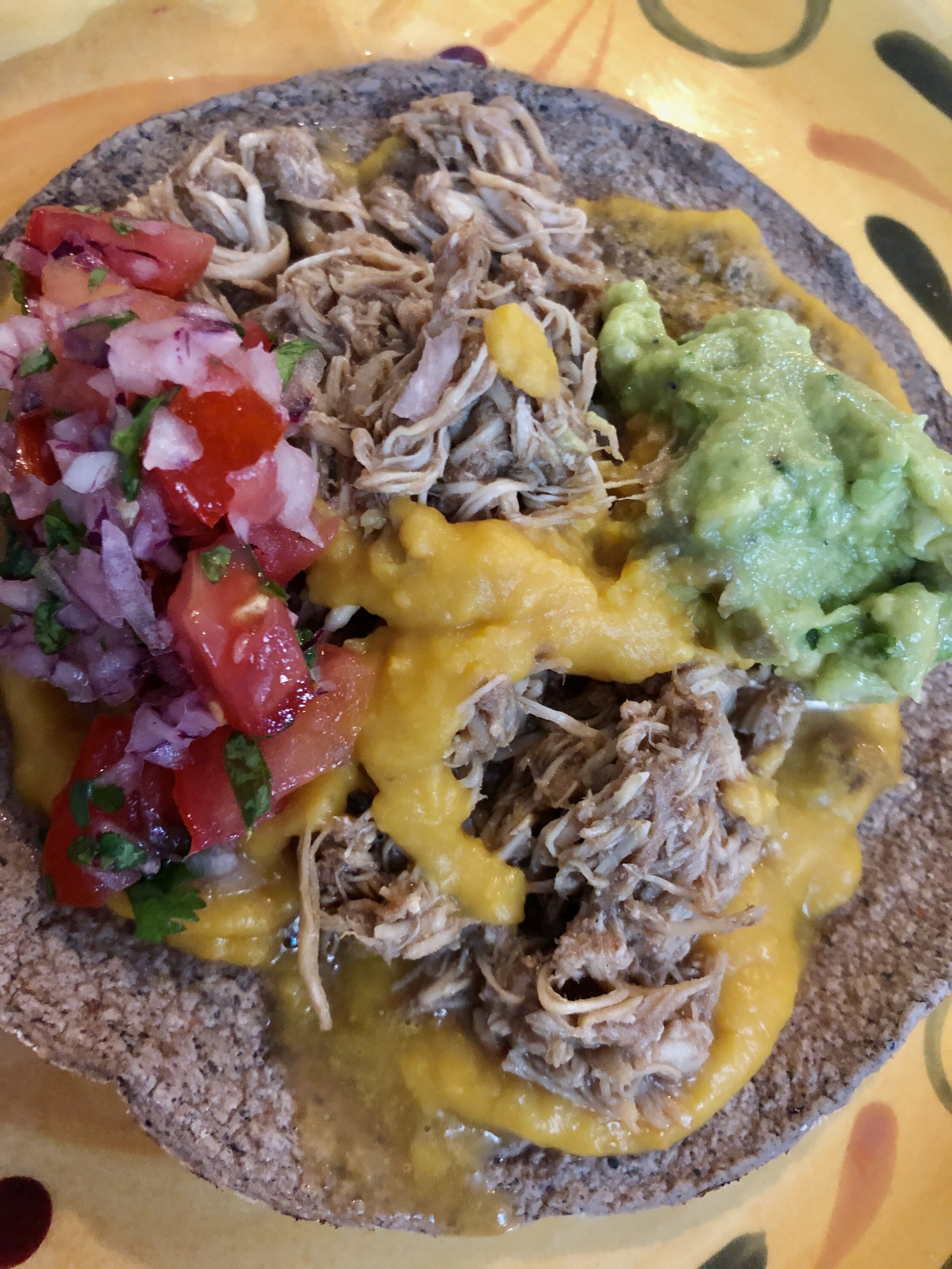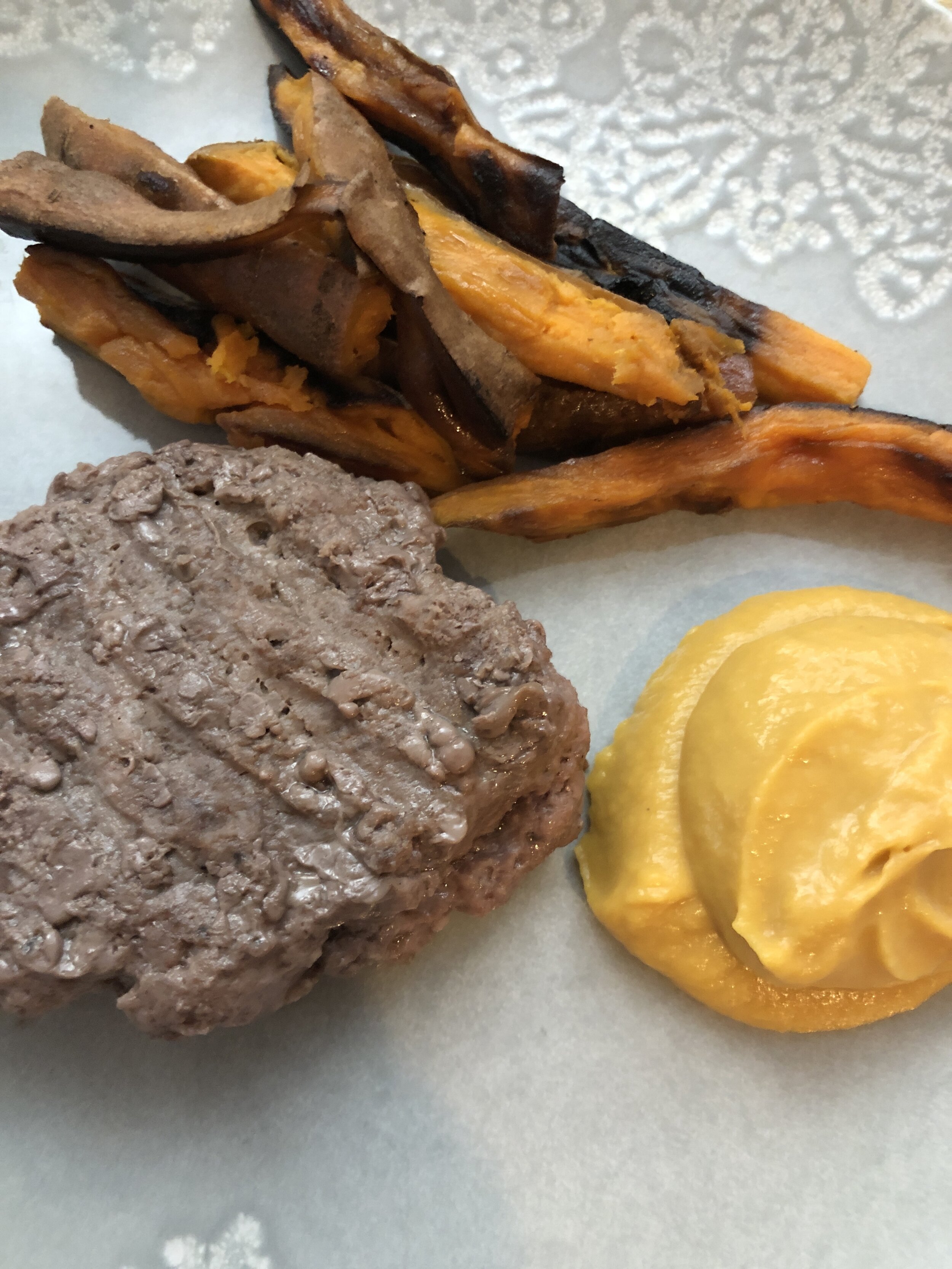Sleep training–not only for babies!
/I knew sleep training will help Rhoni to sleep better, but I didn't expect it to make me appreciate and reflect on my own bedtime routine. After I learned new tools to execute her sleep training successfully, I wanted to use them in my own bedtime routine, with the hope that I can finally get more sleep in.
I thought adults are just big babies. It must work on us too!
The biggest thing I've realized is that our body likes consistency. Our body likes to maintain patterns and behaviors: that is why we usually eat around the same time every day, have a steady range of body weight, and go to sleep around the same time.
But is that the IDEAL time for us to go to sleep? Do we actually get enough sleep and wake up well rested?
Differently from babies, we adults manipulate our behavior all the time. We are pros at ignoring our intuition and natural tendency, letting stimulations and popular activity take over. Of course we will prefer to stay up late and watch another episode, scroll more on social media, or get lost in TikTok. But is it really worth our time and sacrifice of sleep?
If we want to go to sleep earlier, we have to find a way to signal our brain that it's time to go to sleep, and fight all these habits that we like to do to push bedtime later. It's not a complicated process, it's actually fairly simple.
The difference is consistency: not to cave into our manipulation and follow through with the plan.
So what is *the plan*?
1. Set up a REALISTIC bedtime goal.
This should be no more than an hour earlier when you go to sleep now.
Why not earlier than that? We need realistic goals that we can actually achieve! If you want to do it even earlier than one hour, first accomplish the hour and continue with 15 min increments until you get to the desired bedtime.
2. Set a timer for 45 min before your bedtime goal.
Why not more than that? An hour is too long and we lose track of time and get carried away scrolling. That timer means you go brush your teeth and start your bedtime routine.
3. Decide on TWO bedtime routines *after* brushing your teeth.
Why not one? You need your brain to realize it’s time to sleep, and one action isn’t strong enough. These could be things like stretching or reading a book. Even going on your phone is fine, but you just have to keep an eye on the time. You can put an additional timer for that activity, for extra help.
Why brushing our teeth isn't one of the activities? This is the one activity that separates our evening from the bedtime routine. This is the transition moment!
4. Accountability.
Few options here: Write down the time you actually went to bed, take a pic with a time stamp, post a story on instagram, or even send a goodnight text to a friend. Any action that will prove to yourself that you did in fact go to sleep, will work. You can even use hashtag #bedtimeretune to join the community we have on instagram.
***
The key to success here is consistency. So if you didn't get to go to sleep at your bedtime goal it's ok, try again the next day! Remind yourself the goal (to sleep more!) and how empowering it will feel when you actually get more sleep, feel in control of your bedtime routine, and not just cave into wasting more time on endless apps.












